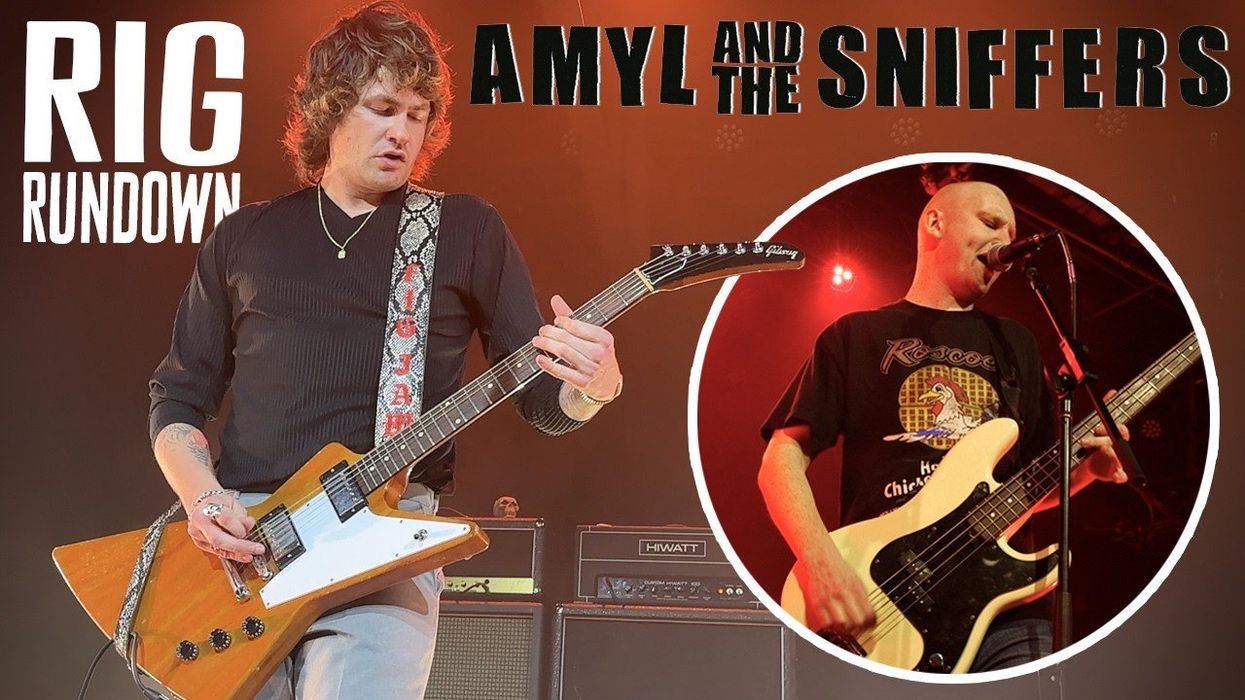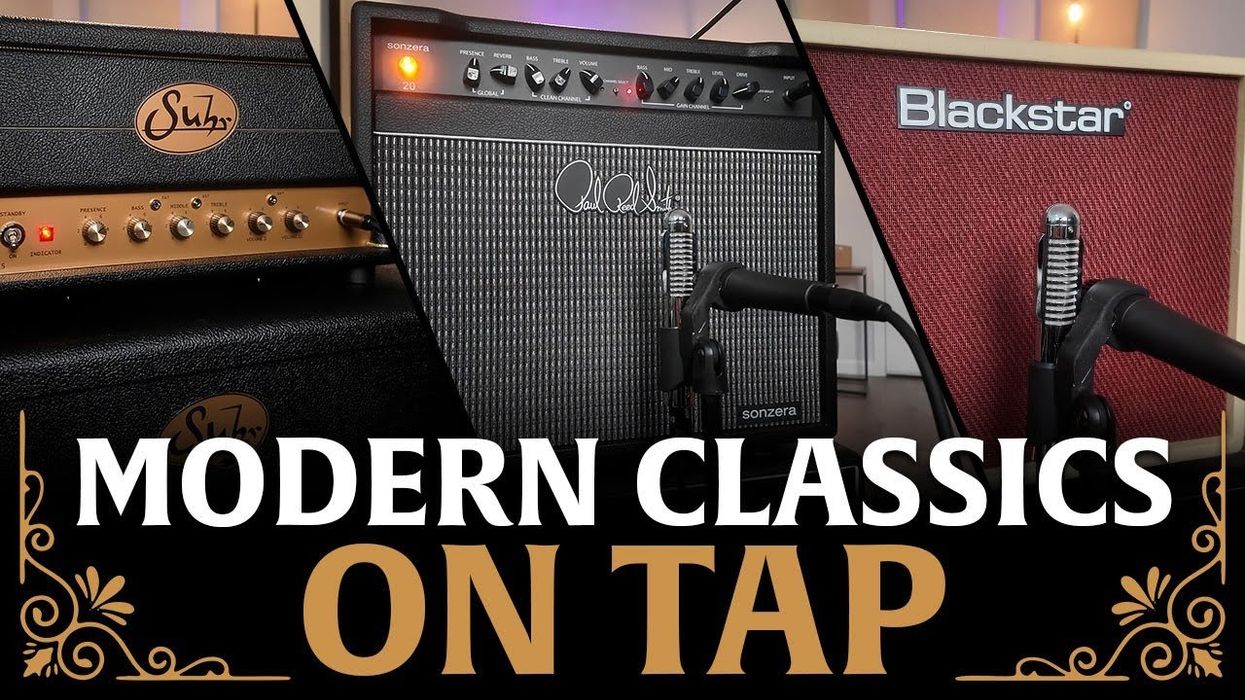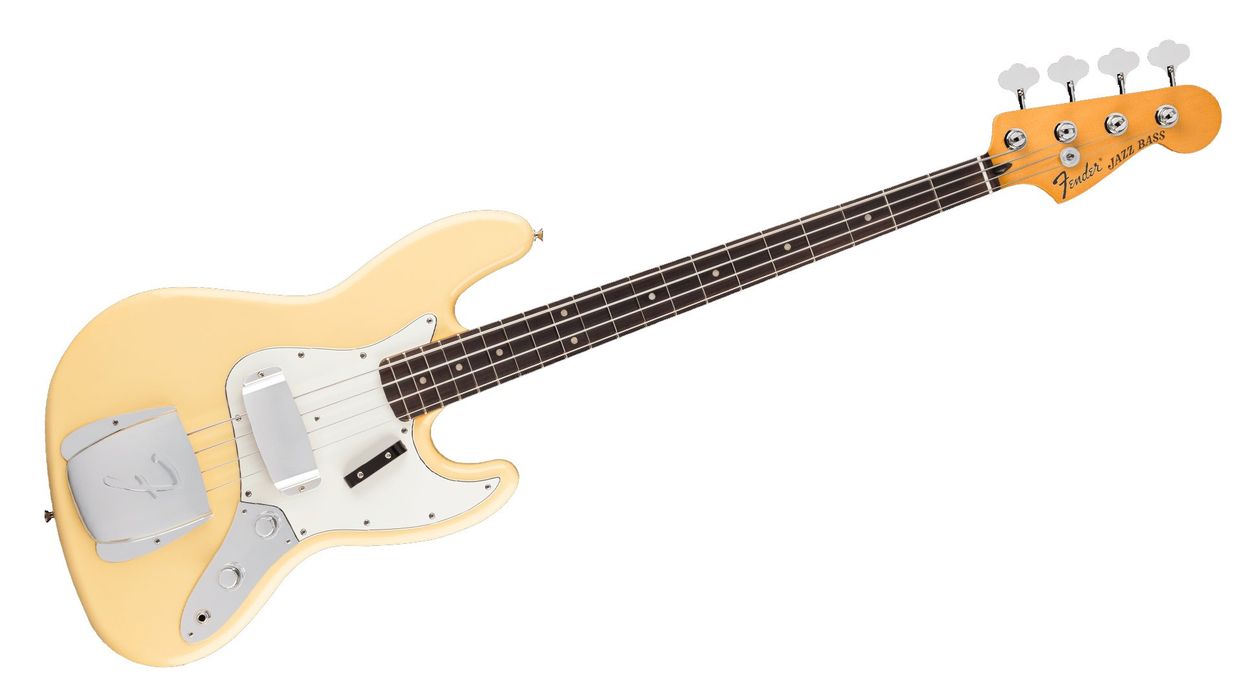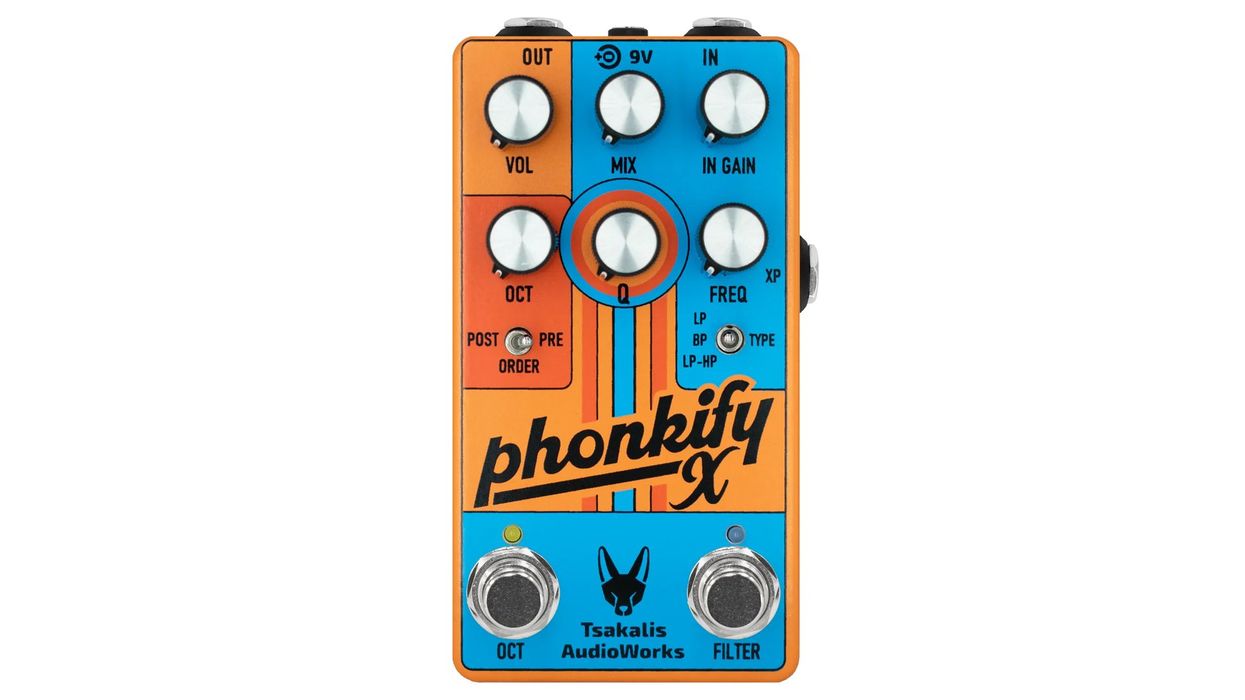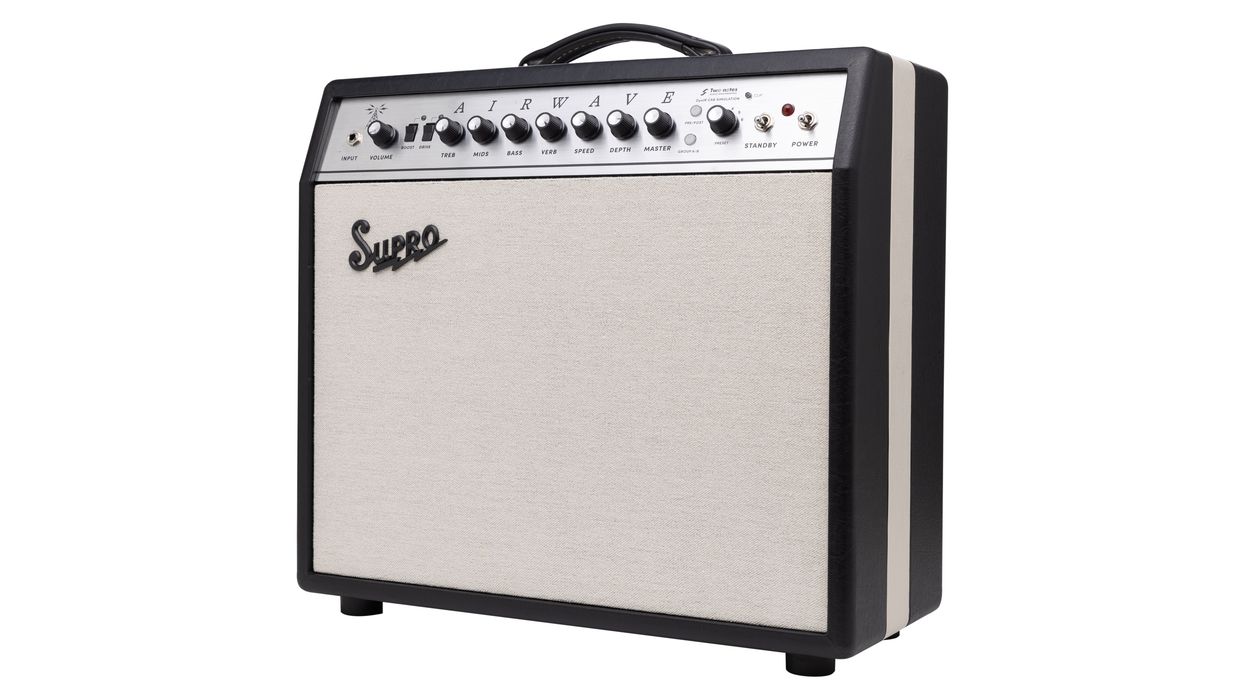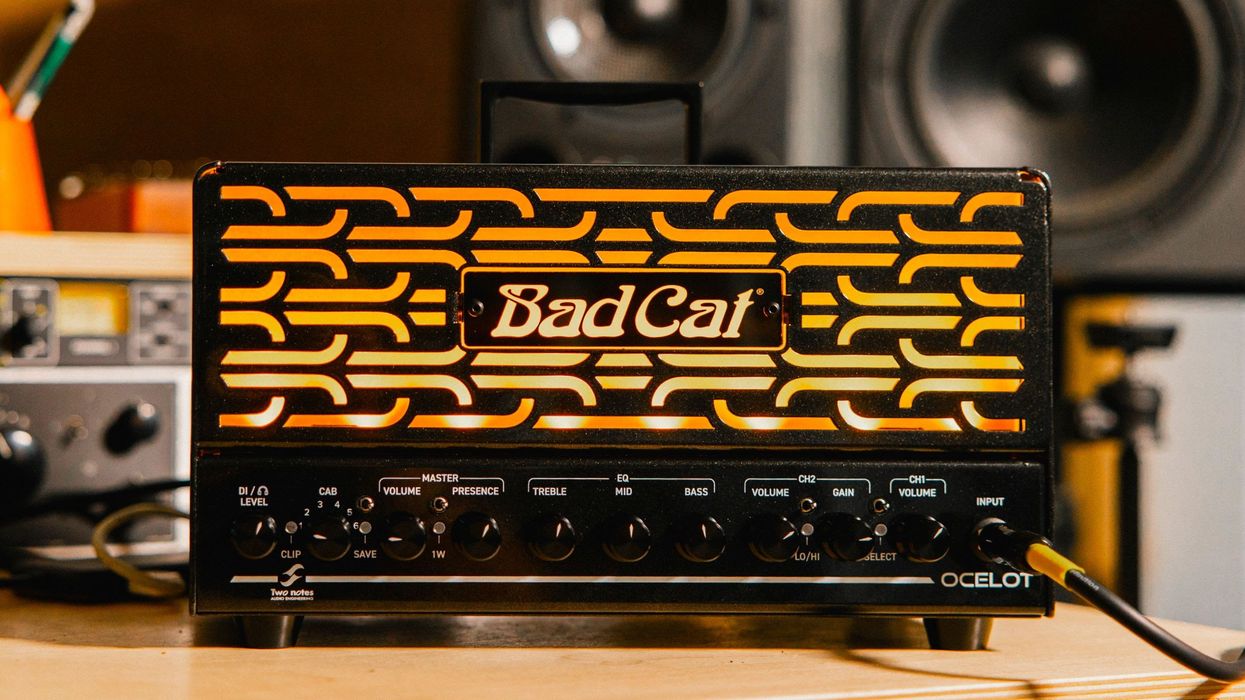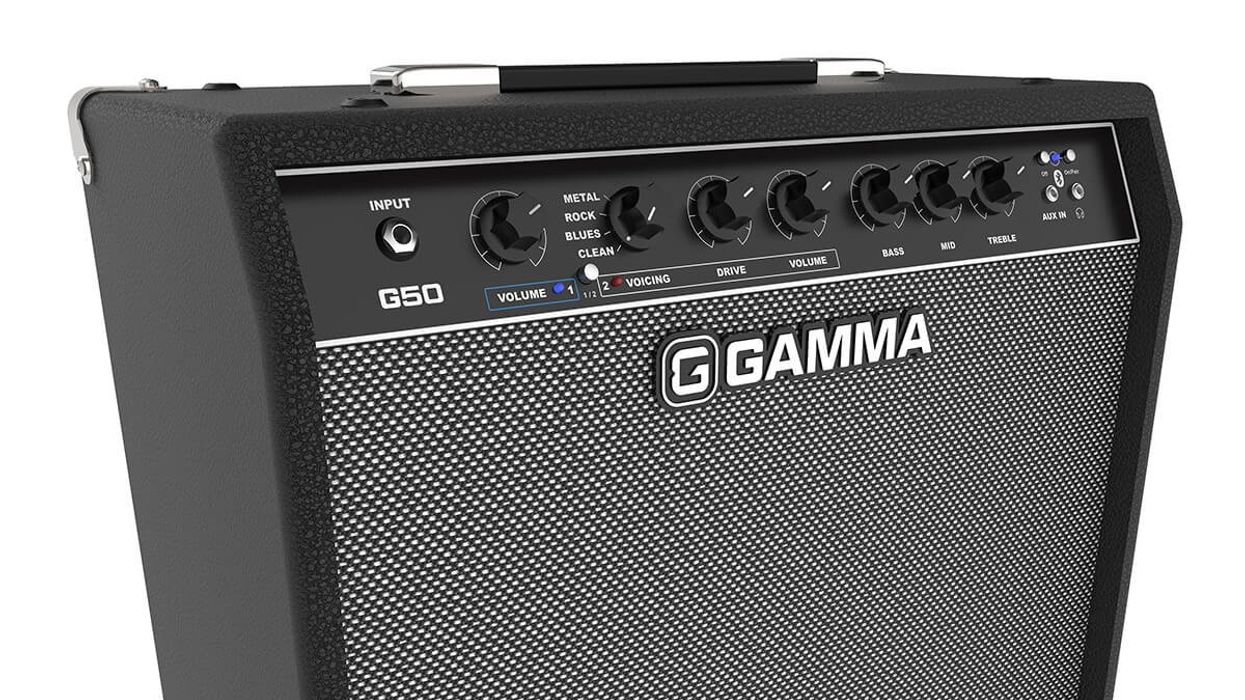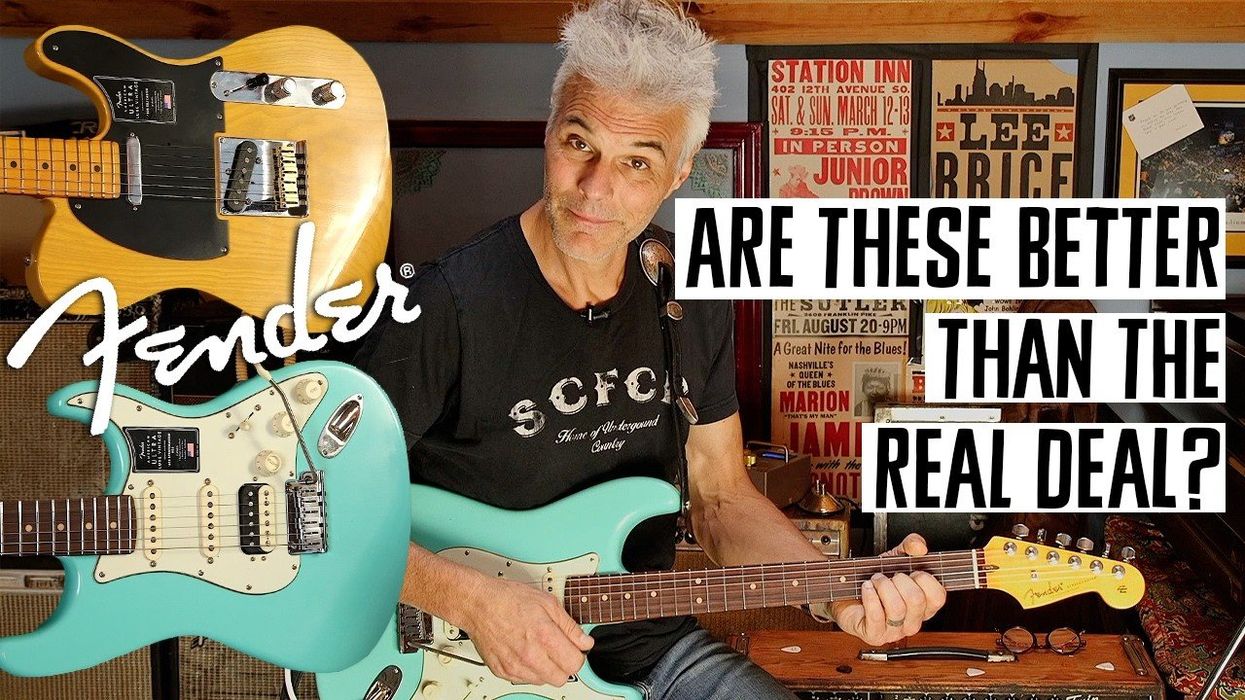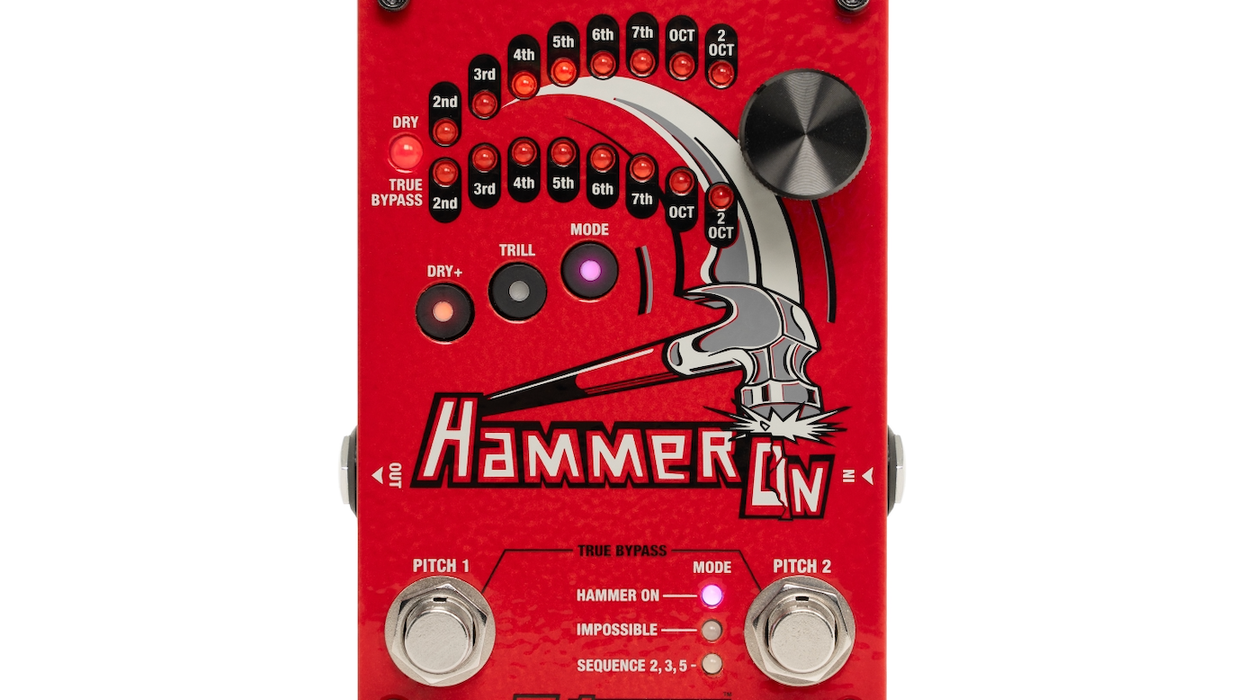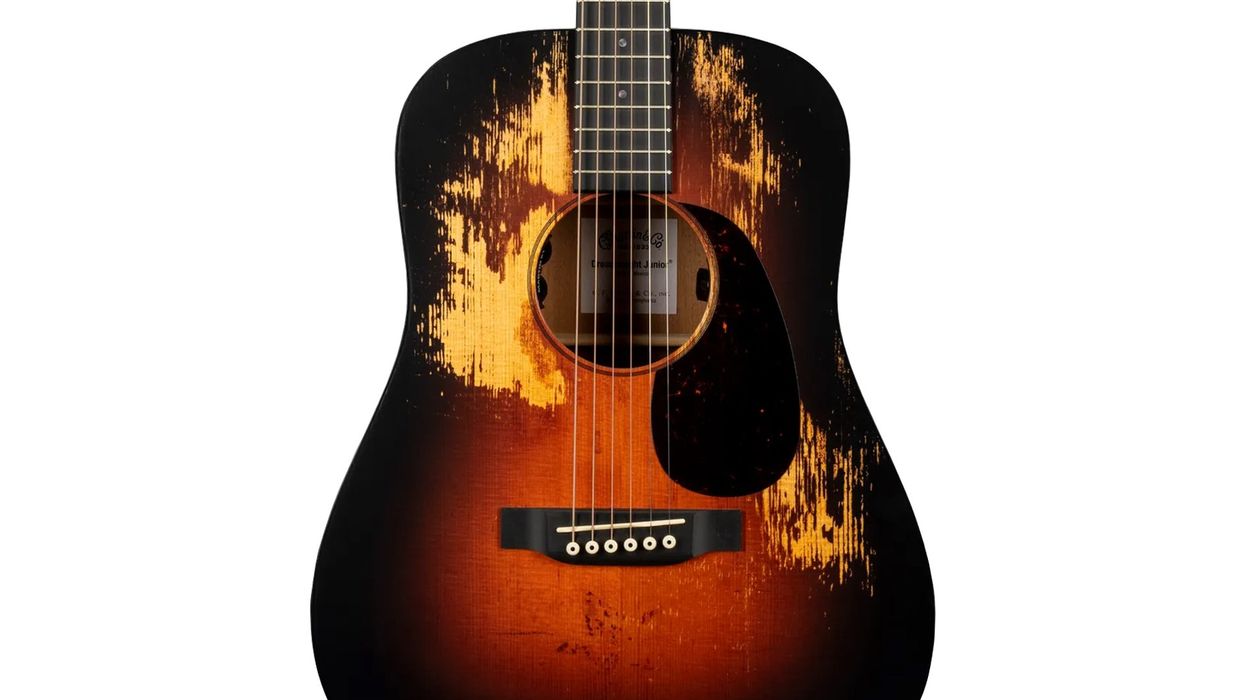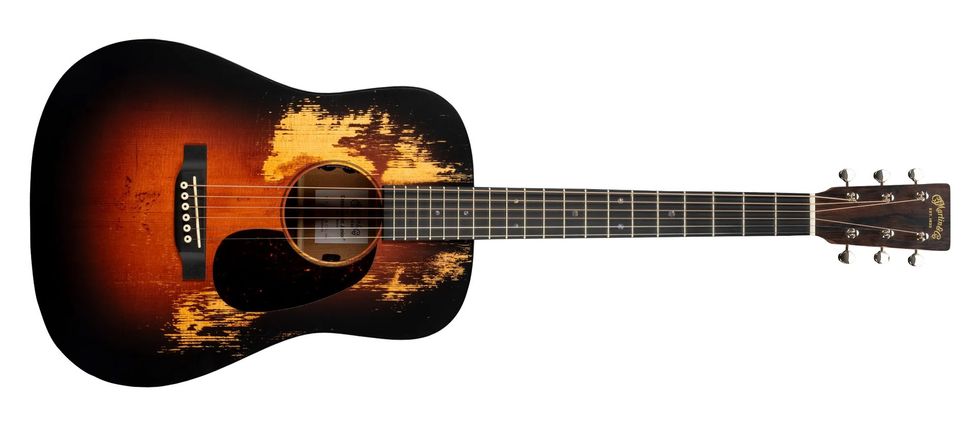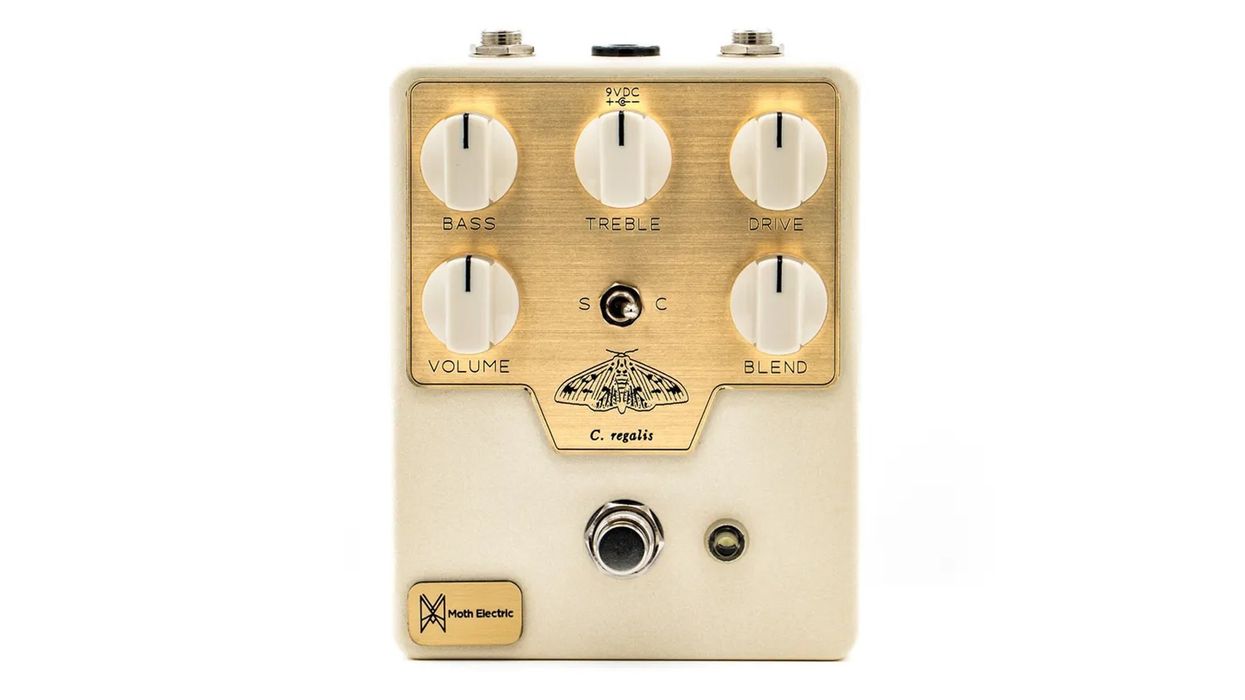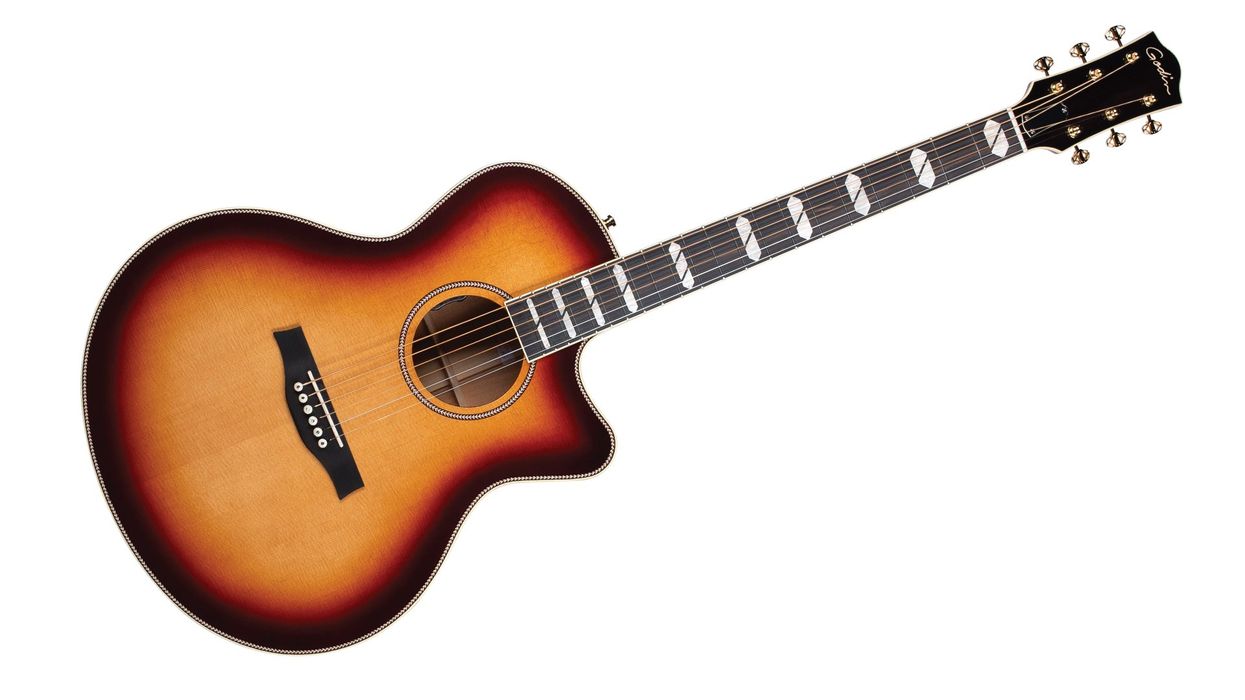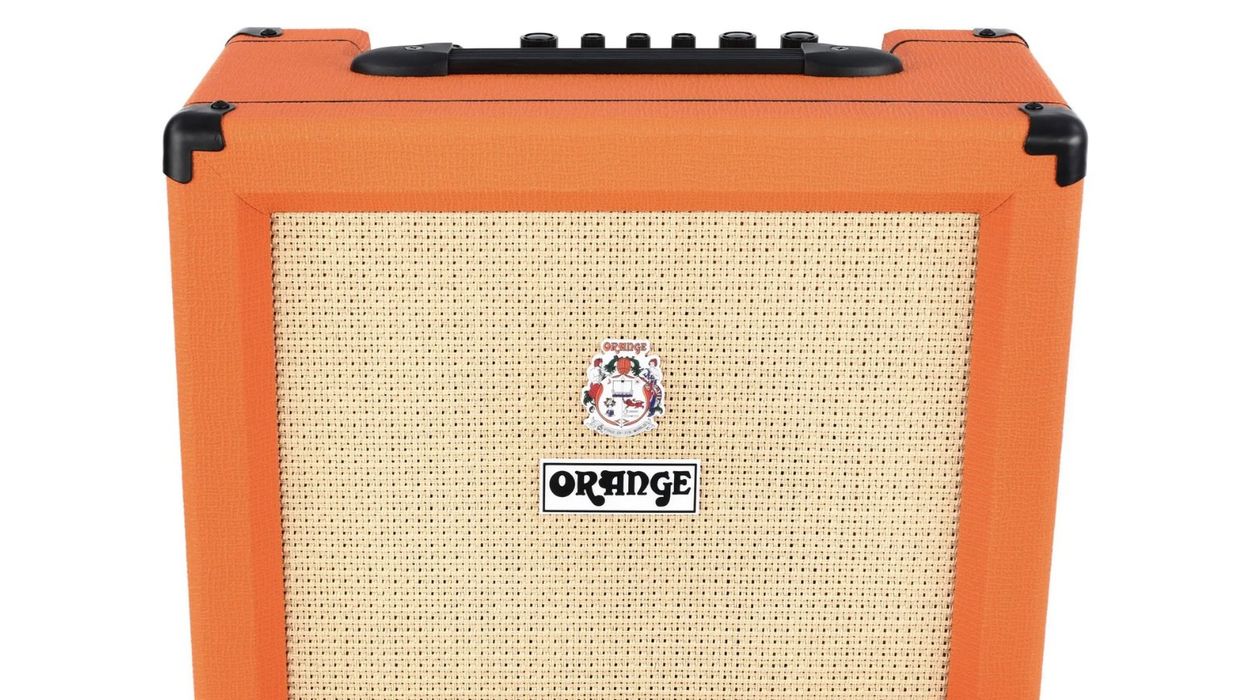When I was a kid, my mom got a cassette of Waylon Jennings’ Greatest Hits, which went into heavy rotation in her Cutlass Supreme’s tape deck. Much was striking about that introduction to Waylon Jennings—not least that voice and the frank, plain-spoken narration. Just as arresting, though, were the swirling guitar sounds that popped up on “Are You Sure Hank Done It This Way” and “Luckenbach, Texas (Back to the Basics of Love).” They didn’t sound like the Buck Owens or Patti Page I would hear on oldies stations, or, for that matter, George Harrison’s version of Don Rich’s “Act Naturally” lead. In fact, as a Beatles obsessive, “Luckenbach, Texas” struck me as bearing a certain resemblance to the arpeggios in “Dear Prudence.” Those phaser sounds helped make me a Waylon fan for life. So, I’m tickled to see Fender honor the effect that opened up one very strange corner of my musical mind with the release of the Waylon Jennings Phaser.
Hazy, Phasey Origins
Fender built a 4-stage phaser in the 1970s. As far as we know, Waylon never used the Fender Phaser, opting instead for a Maestro PS-1A, various MXRs, and Boss phasers over the course of his career. Without the need to replicate a ’70s artifact that Waylon didn’t use anyway, Fender’s designers were free to create an analog tribute that covers the breadth of Waylon’s phaser tones—from his 2-stage Phase 45, to his 4-stage Phase 90, to his 6-stage PS-1A. That doesn’t mean Fender didn’t aim for a definitive Waylon sound: A “sweet” switch defaults to a voice that’s a little more confined to tasteful modulations. But to Fender’s credit, the Waylon Jennings Phaser is not constrained by strictly Waylon-like textures. Indeed, it’s just as happy to get weird.
Weird Waves on the High Plains
Though complex relative to a 1-knob MXR or Small Stone, the Waylon Phaser’s controls are easy to sort. They work in cool, interactive ways which take some practice to master, but are ultimately easy to wrangle. The interrelationship between the range control (which controls the portion of the frequency spectrum that’s phase shifted), and the feedback control, which governs intensity, is the one that’s most fun to explore. It’s also key to unlocking the pedal’s freakiest tones.
The user guide features a few helpful templates for exploring the pedal’s range. Fender’s recommended PS-1A-style sound, for instance (6-stage setting, rate at 5, range at 4, and feedback at 6), is a bit more rubbery than you might expect, with cool vowelly peaks in the midrange. But just a couple clockwise notches on the range and feedback controls and a slower rate transforms Fender’s version of Waylon’s PS-1A to a lysergic, ultra-elastic wavescape. The user guide’s recommended Phase 45-style, 2-stage setting creates a mellow, tasty pocket for arpeggios and lightly strummed parts, but at advanced feedback and rate settings the 2-stage setting percolates charmingly, lending bubbling animation to psychedelic chord melodies and a demented attitude to funky soul riffs.
The 4-stage mode, which, incidentally, bears the greatest audible resemblance to the sweet mode in most respects, is plenty sweet itself. Here, you can play with fairly intense feedback and rate settings while maintaining a softness in the peaks that doesn’t overpower melodic or rhythmic textures. And just as with the other three modes, you can very easily move from restrained Dreaming My Dreams phase adornments to much weirder fare with a few small adjustments to the other controls.
The Verdict
While 1-knob phasers are easy and often voiced just right, it’s fun to have the extra, but not overwhelming, control the Waylon Jennings phaser provides. There are plenty of weird, wobbling, bubble gum-chewy textures here that have nothing to do with classic outlaw country, that psychedelicists will relish. But the mellower fare that made Waylon’s tunes move is here in tasty plentitude and can be tuned to your own needs with a flexible, interactive control set that’s full of surprises.




